China is the only country which increased oil imports in 2020. This post is using data from the new BP Statistical Review released on 8 July 2021.
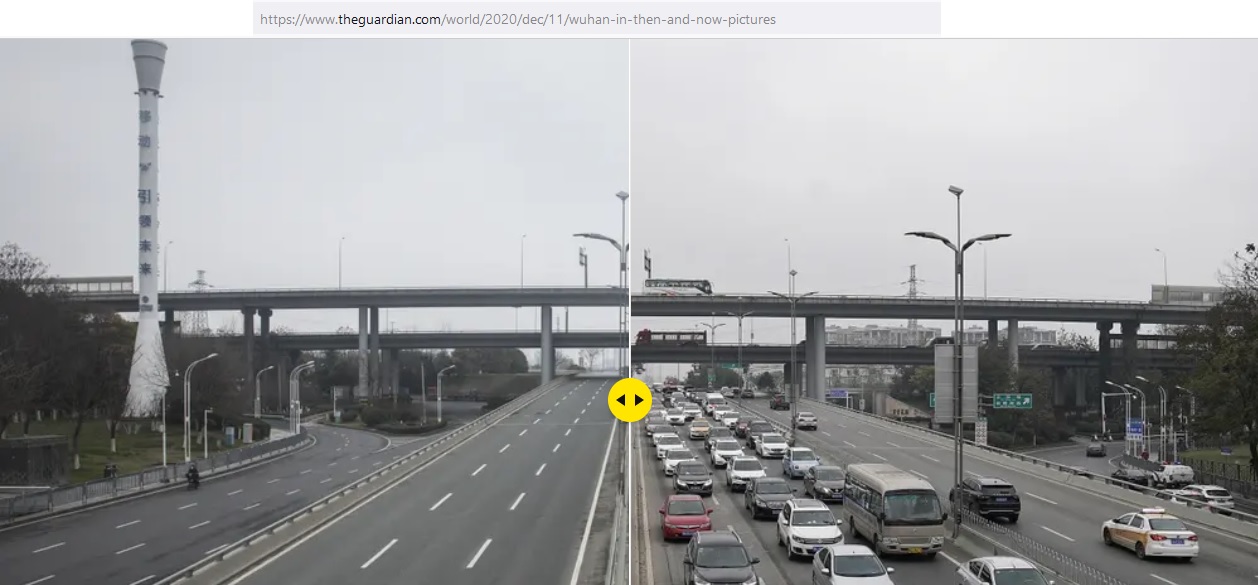 Fig 1: Wuhan roads during the early 2020 lockdown (left) and later in the year (right)
Fig 1: Wuhan roads during the early 2020 lockdown (left) and later in the year (right)
https://www.theguardian.com/world/2020/dec/11/wuhan-in-then-and-now-pictures
The rebound is shown in data of the latest annual BP Statistical Review released on 8 July 2021 https://www.bp.com/content/dam/bp/business-sites/en/global/corporate/pdfs/energy-economics/statistical-review/bp-stats-review-2021-full-report.pdf
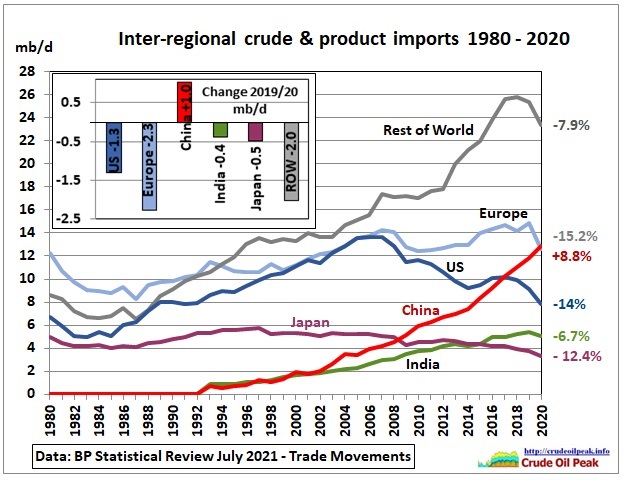 Fig 2: Lucky number: China’s oil imports increased by 8.8% in the Covid year 2020
Fig 2: Lucky number: China’s oil imports increased by 8.8% in the Covid year 2020
While all regions have reduced their oil imports Chinese imports continued to grow.
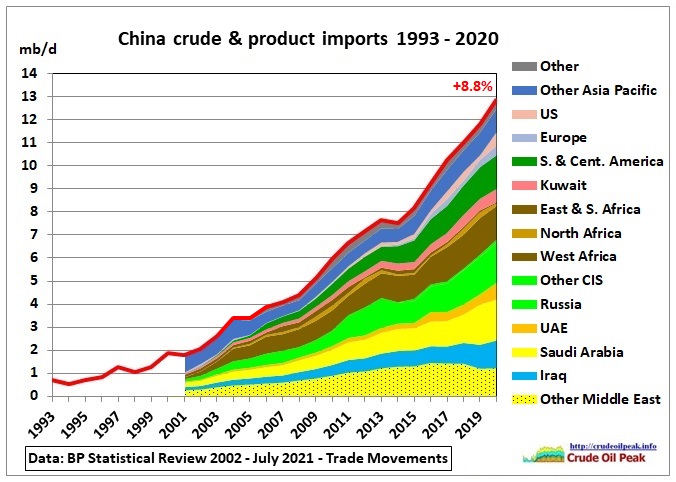 Fig 3: China gross oil imports by country/region
Fig 3: China gross oil imports by country/region
Data for Fig 3 are taken from the annual inter area movement sheets.
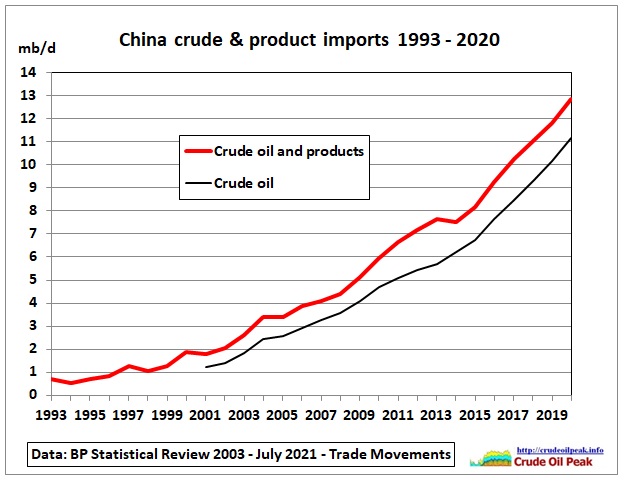 Fig 4: Most of the oil imports are crude oil
Fig 4: Most of the oil imports are crude oil
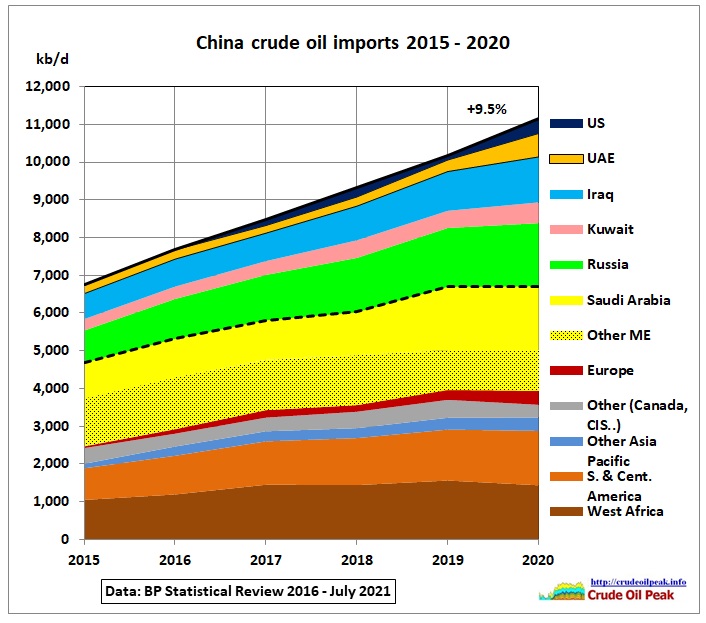 Fig 5: China’s crude imports by country (data only starting in 2015)
Fig 5: China’s crude imports by country (data only starting in 2015)
Despite an overall annual growth of 9.5% around 60% of Chinese crude imports did not grow from 2019 to 2020 (area below dotted line). Growth came from only 5 countries. Iran would come under “Other Middle East”
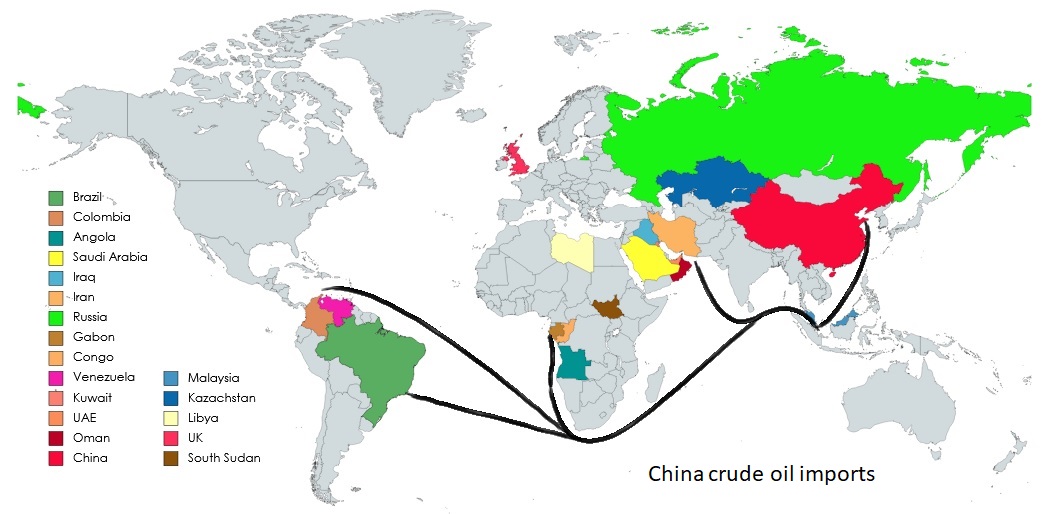 Fig 6: The maritime belts initiative
Fig 6: The maritime belts initiative
Let’s compare China’s imports (crude oil and products) to oil production in the countries/regions of origin:
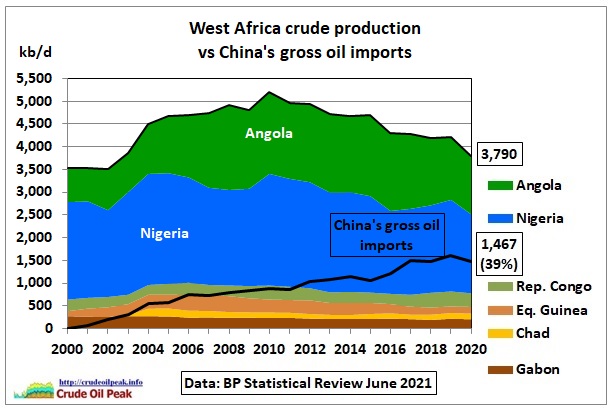 Fig 7: Oil imports are mainly crude oil
Fig 7: Oil imports are mainly crude oil
West African production peaked 2010. China is mainly importing oil from Angola, which peaked on a long bumpy plateau 2008-2015
 Fig 8: China’s increasing oil imports against peaking ME production and exports
Fig 8: China’s increasing oil imports against peaking ME production and exports
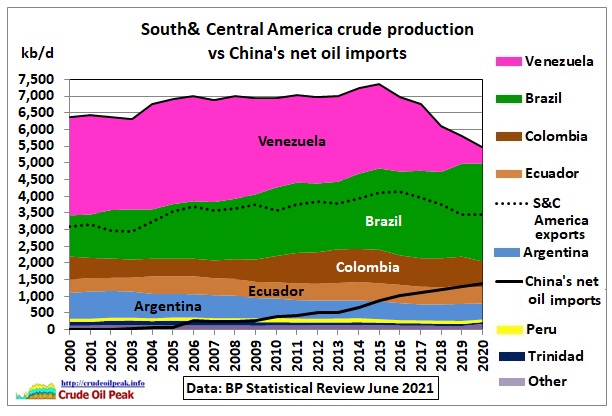 Fig 9: South America’s only growth area is Brazil
Fig 9: South America’s only growth area is Brazil
S&C American crude oil exports peaked 2016 as Venezuelan production declined due to the conventional oil peak http://crudeoilpeak.info/peak-oil-in-venezuela-el-furrial-oil-field.
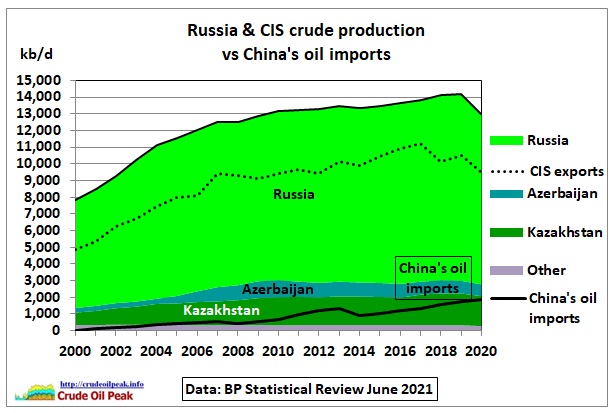 Fig 10: CIS crude oil exports peaked in 2017
Fig 10: CIS crude oil exports peaked in 2017
 Fig 11: China’s net oil exports stacked on production vs consumption
Fig 11: China’s net oil exports stacked on production vs consumption
The differences have usually been quite small (inaccurate data, varying definitions of oil and conversion factors from tons to barrels, unmonitored trans-shipments etc.) But in 2020 the gap/surplus was significant:
| China 2020 | Kb/d |
| Production | 3,901 |
| Crude imports | 11,158 |
| Product imports | 1,707 |
| Sum of above | 16,766 |
| Product exports | 1,360 |
| Crude exports | 22 |
| Balance | 15,384 |
| Consumption | 14,225 |
| Difference | 1,159 |
. Fig 12: China’s oil import & export balance
Fig 12: China’s oil import & export balance
Most likely, the difference went into oil reserves.
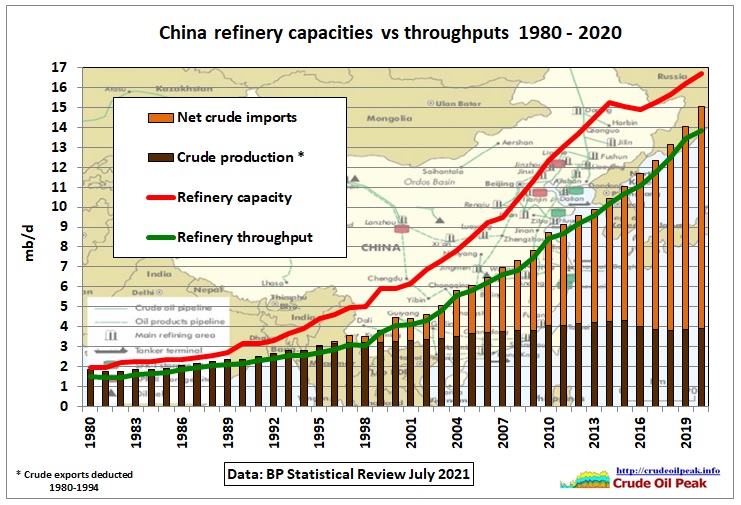 Fig 13: Utilisation of refinery over-capacities
Fig 13: Utilisation of refinery over-capacities
Here is the composition of consumption:
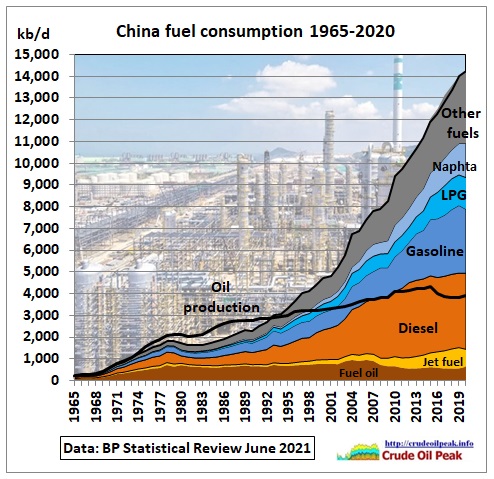 Fig 14: China oil consumption by fuel
Fig 14: China oil consumption by fuel
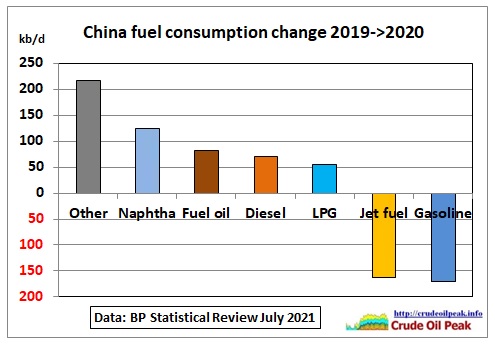 Fig 15: Fuel consumption changes in 2020 compared to 2019
Fig 15: Fuel consumption changes in 2020 compared to 2019
Consumption of fuels for the chemical industry increased. Diesel – a good indicator for economic activity – also grew 2.1% but jet fuel consumption went down -17% and gasoline –5%.
Now let’s see how China competes with other countries like India, Japan, Singapore and the rest of Asia Pacific.
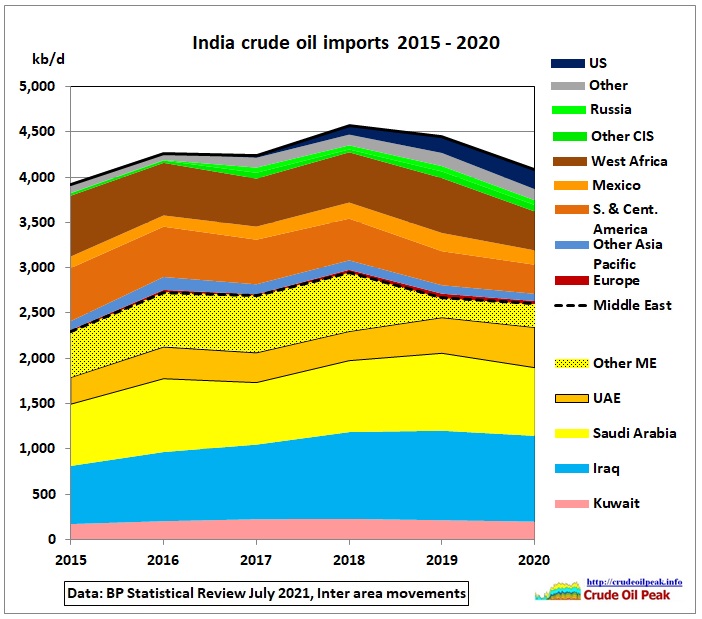 Fig 16: Indian crude imports peaked 2018
Fig 16: Indian crude imports peaked 2018
“Other Middle East” includes Iran. Sanction exemptions for China, India, Japan, South Korea and Turkey ended in May 2019. https://www.bbc.com/news/world-middle-east-48011496
 Fig 17: Impact of US sanctions on Iran’s oil exports
Fig 17: Impact of US sanctions on Iran’s oil exports
https://www.bloomberg.com/opinion/articles/2021-01-17/iran-oil-sanctions-president-biden-won-t-unlock-a-wave-of-iranian-crude
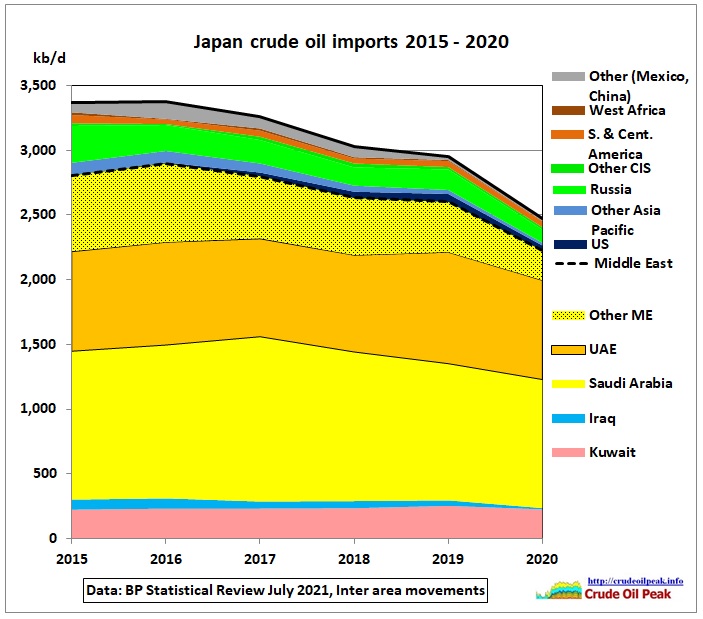 Fig 18: Japan’s crude import decline accelerated in 2020
Fig 18: Japan’s crude import decline accelerated in 2020
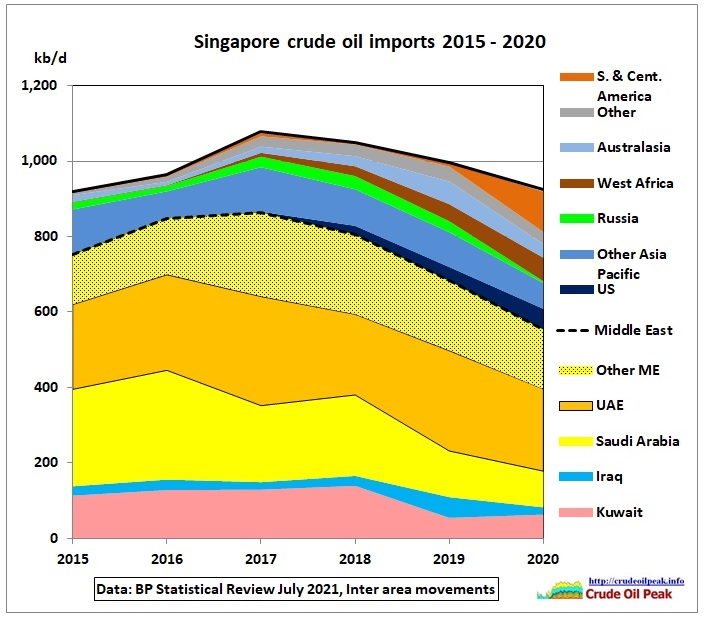 Fig 19: Singapore’s crude imports from the Middle East declined since 2017
Fig 19: Singapore’s crude imports from the Middle East declined since 2017
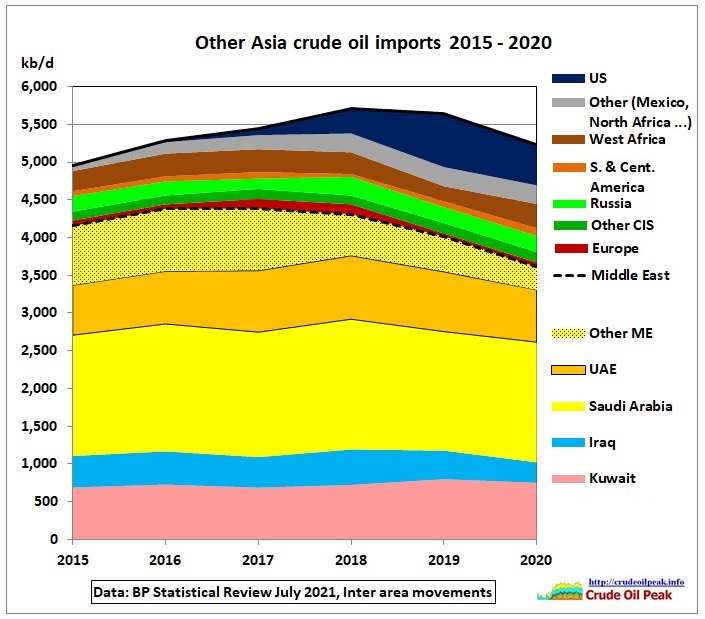 Fig 20: Other Asia replaced Middle East oil with oil from the US
Fig 20: Other Asia replaced Middle East oil with oil from the US
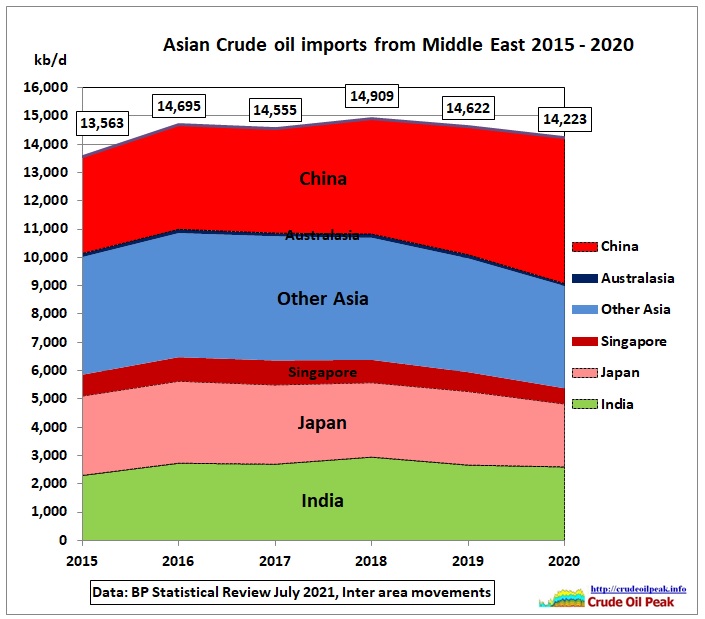 Fig 21: Asian crude imports from the Middle East
Fig 21: Asian crude imports from the Middle East
As Middle East exports have peaked (Fig 8) imports from there are basically a zero sum game. Whatever Asian countries have “saved” is consumed by China. The Wuhan virus recession in these countries has only accentuated trends which started in 2016.
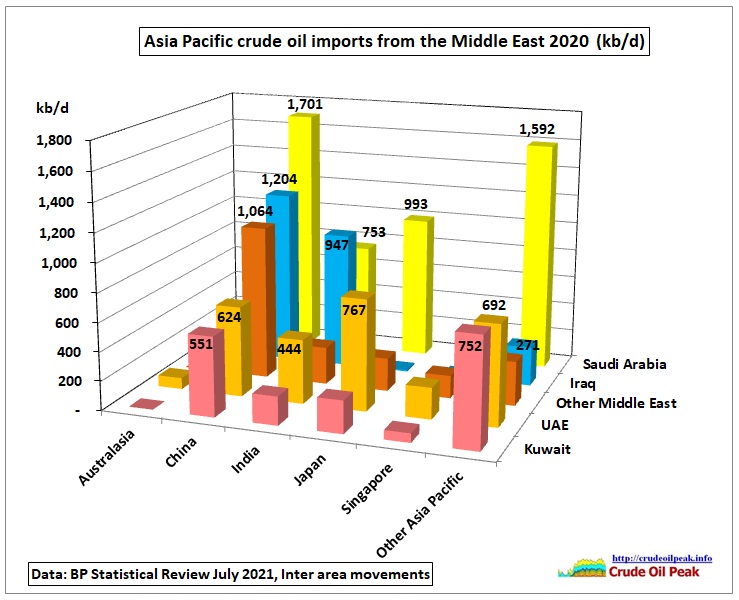 Fig 22: China and Saudi Arabia dominate oil import flows from the Middle East
Fig 22: China and Saudi Arabia dominate oil import flows from the Middle East
Outlook 2021
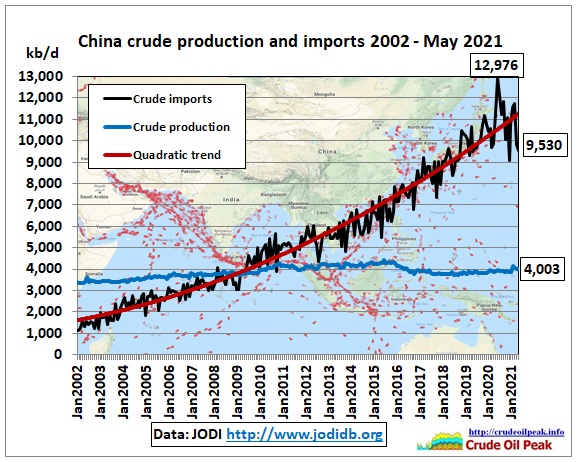 Fig 23: China crude production and imports (JODI data)
Fig 23: China crude production and imports (JODI data)
Conclusion:
China – in peak oil mode since 2015 – took advantage of lower oil imports by other countries which have been hit harder by a recession following an uncontrolled escape of the Covid virus in December 2019/January 2020.
Links to related posts:
22/5/2021
China-Australia passenger traffic has peaked 2018-19 before Covid
https://crudeoilpeak.info/china-australia-passenger-traffic-has-peaked-2018-19-before-covid
25/3/2021
Brunei peak oil – golden opportunity for China’s Belt and Road Initiative
https://crudeoilpeak.info/brunei-peak-oil-golden-opportunity-for-chinas-belt-and-road-initiative
10/3/2020
Impact of Corona Virus similar to some earlier peak oil scenarios
http://crudeoilpeak.info/impact-of-corona-virus-similar-to-some-earlier-peak-oil-scenarios